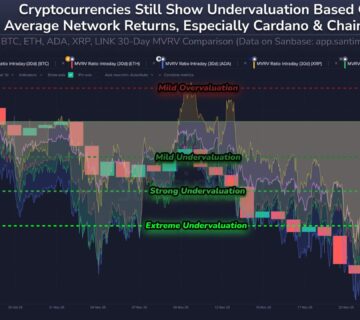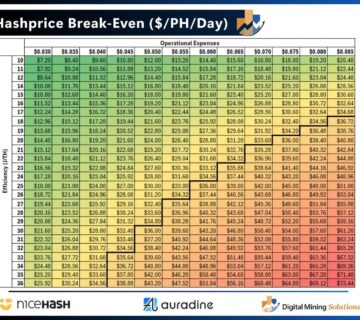The XRP Ledger (XRPL) has implemented the AMMClawback amendment, introducing a new layer of regulatory compliance and asset control within its Automated Market Maker (AMM) system.
On Jan. 30, XRPscan, a blockchain explorer for XRPL, confirmed that the amendment is now live after a 14-day activation period.
How the AMMClawback works
According to the XRPL site, the new functionality allows issuers to claw back tokens deposited into an AMM if clawback is enabled on the token.
This update also prevents frozen tokens from entering liquidity pools, reducing risks related to unauthorized transactions.
By integrating this feature, XRPL ensures that tokens with clawback permissions can operate within its native AMM, giving issuers greater oversight. AMMs play a crucial role in XRPL’s decentralized trading by enabling automated token swaps through liquidity pools.
With this amendment, issuers can reclaim assets in cases of fraud, regulatory concerns, or other predefined conditions.
Implications for XRP Ledger
XRP advocate Luke Thomas highlighted the amendment’s impact, emphasizing that token issuers now have the ability to reclaim assets in cases of fraud, regulatory concerns, or legal disputes.
According to him, this upgrade aligns XRPL with compliance-focused networks like Stellar (XLM), Hedera (HBAR), and Algorand (ALGO), making it more attractive to institutional investors and regulated financial entities.
Thomas added:
“Unlike BTC and ETH, XRP is evolving towards a more regulatory-compliant model, positioning itself as a blockchain solution tailored for enterprises, financial institutions, and governments that require asset control mechanisms!”
Meanwhile, Emi Yoshikawa, Ripple’s former VP, pointed out that the amendment has significant implications f
Go to Source to See Full Article
Author: Oluwapelumi Adejumo








